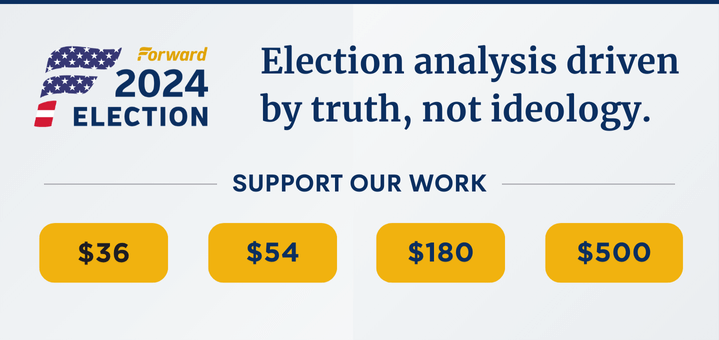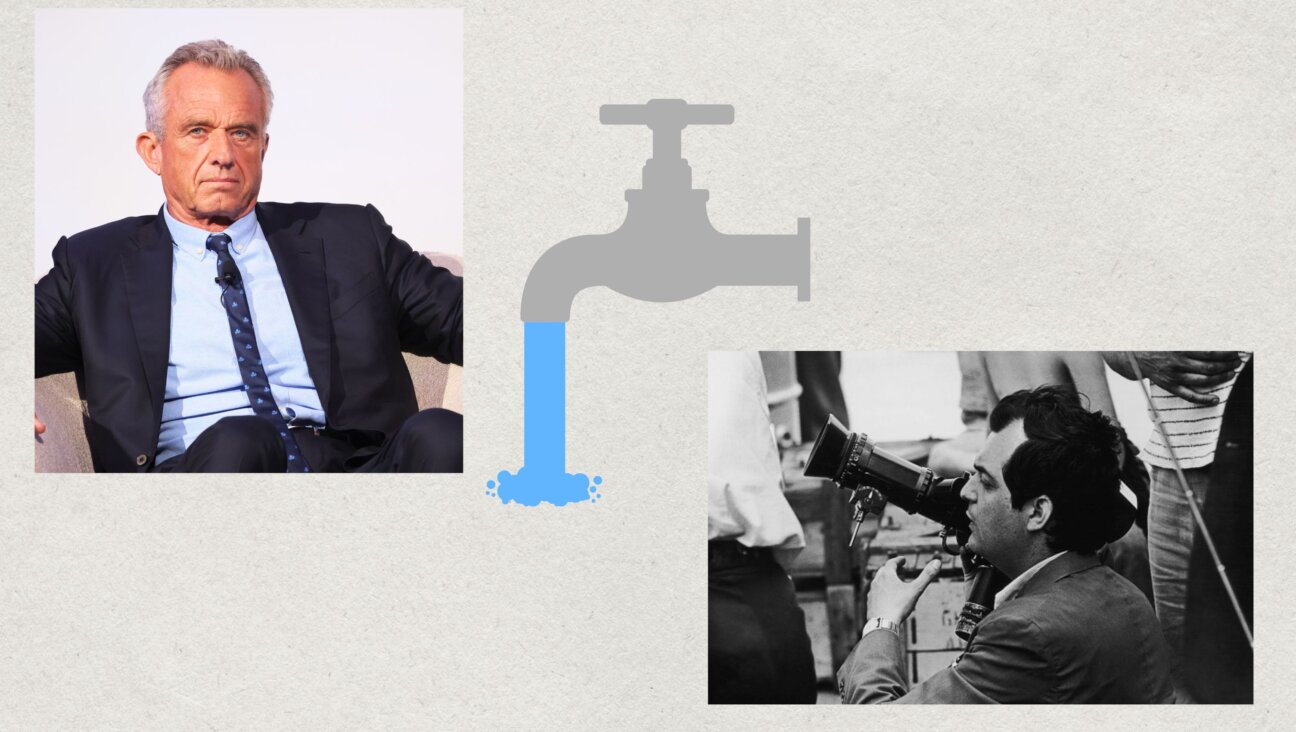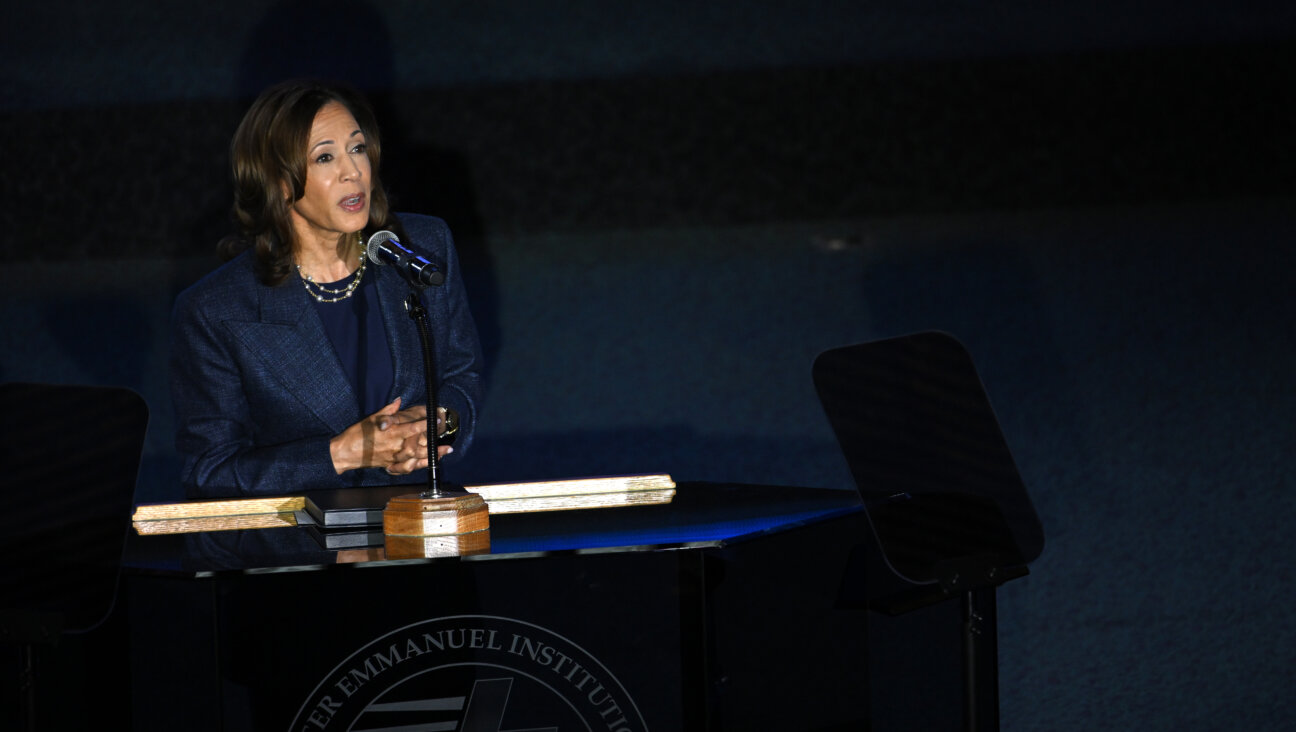Barack Obama Returns to Roots as Community Organizer

Community Organizer in Chief: Barack Obama is back on the road, building support for his second-term agenda. Maybe he?s finally returning to his roots as a community organizer, a term conservatives love to hate.
Back during the primary battles of 2008, my brother and I had an ongoing disagreement. He wondered how this upstart senator, his eloquence notwithstanding, could ride herd on the doyens of the House and Senate. My standard response was to invoke Obama’s experience as a community organizer. “No,” I’d say, “Obama will not go that route at all. He’ll mobilize the public to press the members of Congress. That’s the way of a community organizer.”
In due course, Obama was elected — and he quickly proceeded to demonstrate how wrong I’d been. For the first four years of his presidency Obama sought to govern from top down, not, as I’d expected, from outside to inside. Had his signal achievement of his first term, the Affordable Care Act, depended on public support for its approval, it would surely have been rejected, so voluble was the opposition to it. And then, of course, with the ongoing vehement opposition of the Republicans and the ascendance to power of the Tea Party, Obama was effectively cornered.
He might then have sought to return to his roots, to mobilize public support.
He did not.
But now, both in his battle against Mitt Romney and in his governing style since his re-election, the winds are blowing in a very different direction. Again and again, Obama has been going on the road in an effort to sell his policies. He is clearly, as I’d hoped from the outset of his presidency, returning to his roots — and, the substance of his programmatic priorities aside, his manner of doing battle is vastly different from what it had been throughout his first term,
I may be mistaken, since Obama verges towards the inscrutable, but he seems happier now, certainly livelier. He enjoys the stump.
It is doubtful that he can get Congress to approve the $9 an hour minimum wage he so boldly proposed in his State of the Union message. But the idea of partnering with the states to establish a universal early childhood education program is another matter. Some will oppose the idea as creating a new — and expensive — entitlement. A ballpark estimate for the nation might be $5,000 per child for a half-day and $10,000 for a full day, annually. There are roughly 4 million children at each age (3 and 4), so serving 40% of 4-year-olds in a full-day quality program would cost $16 billion and $32 billion to serve 40% of children for two years starting at age 3. The additional cost of a universal program for all children would be about double those figures, factoring in all those currently enrolled in, and some paying for, early childhood education programs.
Given the economy just now, it is hard to imagine the states as willing (or able) partners in the endeavor. Still, Oklahoma and Georgia have made early childhood education a priority, and the president has put the matter on the agenda of all the states.
If, as we should be, we are concerned when we learn that in the past two years, the income of the top 1% has grown by 11% while the incomes of the other 99% have stagnated, then we realize that what’s at stake here is a return to upward mobility, a measure in which America has suffered serious decline in this new century. The OECD reports that the United States’ social mobility ranking is well below Denmark, Australia, Norway, Finland, Canada, Sweden, Germany and Spain. For instance, according to the Organization for Economic Co-operation and Development, 47% of the economic advantage that high-earning fathers in the United States have over low-earning fathers is transmitted to their sons, compare with, say, 17% in Australia and 19% in Canada. And, according to the OECD report, the main cause of social immobility is educational opportunity. Does that not clinch the argument?
It should be enough evidence for Obama to take directly to the people.
Contact Leonard Fein at [email protected]
A message from our CEO & publisher Rachel Fishman Feddersen

I hope you appreciated this article. Before you go, I’d like to ask you to please support the Forward’s award-winning, nonprofit journalism during this critical time.
At a time when other newsrooms are closing or cutting back, the Forward has removed its paywall and invested additional resources to report on the ground from Israel and around the U.S. on the impact of the war, rising antisemitism and polarized discourse..
Readers like you make it all possible. Support our work by becoming a Forward Member and connect with our journalism and your community.
— Rachel Fishman Feddersen, Publisher and CEO




















